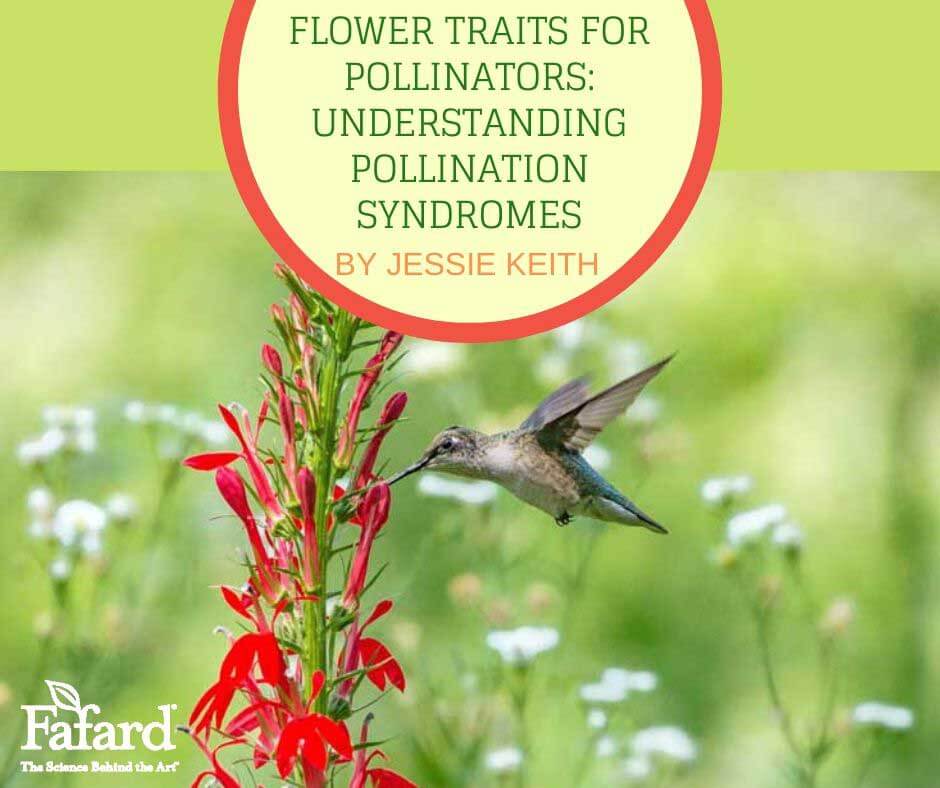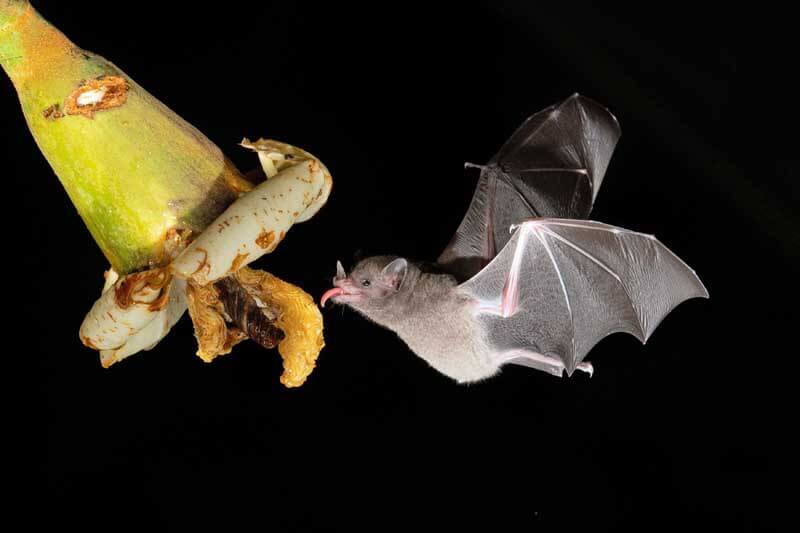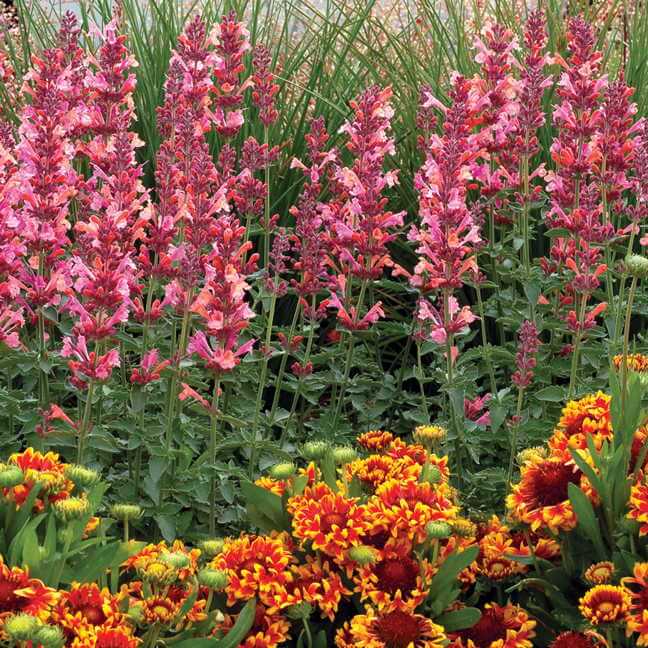
In February, home gardens may be covered with snowdrops or blanketed with snow, depending on climate zone and the whims of Mother Nature. Either way, it is time for garden planning. New ideas are ready to break dormancy, even if the outdoor plants aren’t quite there yet.
 Somewhere there is a vast garden planning spectrum, with places on it for all of us who love to dig in the dirt. The meticulous planners are at one end, plotting layouts, bloom times and expenditures in careful detail every year. They keep excellent records and can tell you precisely how much they paid for a new lilac in 2002 and the exact day that it produced its first blossom. The seat-of-the-pants gardeners are at the extreme opposite end. These are the people who make every garden decision on the fly. When spring arrives, they get in their cars and create highway havoc by braking suddenly in front of every alluring garden center display. Often these mercurial individuals go on to jeopardize their credit limits by making extravagant impulse purchases of plants, tools and garden décor. No matter where you are on the spectrum, a little planning is a good investment.
Somewhere there is a vast garden planning spectrum, with places on it for all of us who love to dig in the dirt. The meticulous planners are at one end, plotting layouts, bloom times and expenditures in careful detail every year. They keep excellent records and can tell you precisely how much they paid for a new lilac in 2002 and the exact day that it produced its first blossom. The seat-of-the-pants gardeners are at the extreme opposite end. These are the people who make every garden decision on the fly. When spring arrives, they get in their cars and create highway havoc by braking suddenly in front of every alluring garden center display. Often these mercurial individuals go on to jeopardize their credit limits by making extravagant impulse purchases of plants, tools and garden décor. No matter where you are on the spectrum, a little planning is a good investment.
Dream Big
Define your dream garden in words or images, even if your vision goes way beyond your current means. Great gardens or landscapes begin with big plans. The same goes for plant lists. When you first page through paper or online plant catalogs, flag anything that catches your eye. The process will help you understand the colors, shapes and plant types that you love best at this particular stage of your gardening career. It will also speed you through the end-of-winter doldrums and pave the way for the list-whittling and prioritizing you will do down the road.
 Start Your Garden Plan
Start Your Garden Plan
Think about your entire landscape, including hardscaping, structures and established plantings. Decide what you want to keep, modify or eliminate completely. Even if you are starting with a property that has been completely cleared, at least one landscape element is already in place—the view. For better or worse, the view of your own property and that of your neighbors, is part of the existing scheme. Some of the best garden ideas have been inspired by “borrowed” landscape elements. Some even better ones have sprung from the necessity of hiding something ugly.
Plan a Garden You Can Manage
Get a realistic grip on your gardening/landscape resources. This includes your discretionary time as well as money. Figure out how much of both you have available for garden-related expenditures and tasks. Your dreams may include large, color-themed beds and borders, with razor sharp edges and hundreds of linear feet of precisely clipped hedges. If your reality includes about an hour a week of garden maintenance time, you will either have to hire someone to do much of the work, stretch out your plans over a long time frame or redefine your goals.
Making Arrangements for Your New Garden
Once you have defined your vision and resources, it’s time to move ahead. Do you have the time and/or money to make big changes, like removing a mature tree or building a water feature? If so, get contractor recommendations from friends and family and call contractors for quotes. In spring, landscape professionals and builders have full calendars. Starting early ensures that your jobs will be on them. If smaller DIY changes are more your style, figure out how best to accomplish them. Sketch out planting schemes or designs, either on paper or with the help of online gardening tools. Whittle down plant wish lists and, if possible, order plants that you won’t be able to find at local garden centers. Many vendors offer early bird discounts to gardeners willing to order at the end of winter. Make a list of the basic supplies you will need, including new or replacement garden tools and products like Fafard Premium Organic Compost and Premium Topsoil.
Garden Limits
Imagination has no limits, but most other resources do. If money is a problem, borrow tools or buy them cheaply at garage and tag sales. Plan to divide existing perennial plants and ask friends if they will share divisions or cuttings from their gardens. Start annuals and edible crops from seed. If your soil is bad or non-existent, plan a container layout using repurposed vessels. Remember that anything that can hold a quantity of damp dirt can serve as a plant pot. Start small, with a simple plan, and add to it as time and finances permit. Remember that many great gardens have been planned on scrap paper and built on a shoestring.
Planning ahead lets you make the most of whatever you have and gives you a jump-start on the gardening season. It is also an excellent tonic for the winter-weary soul.












